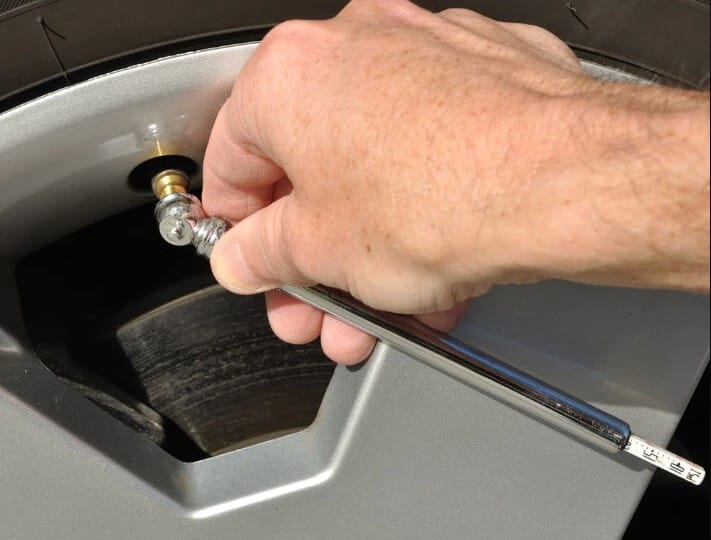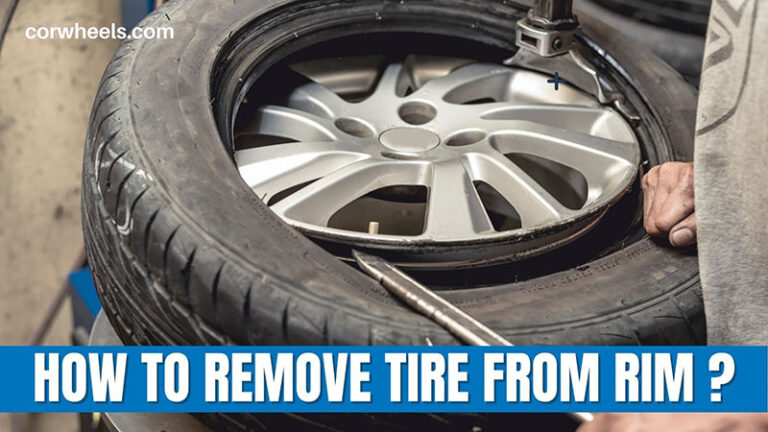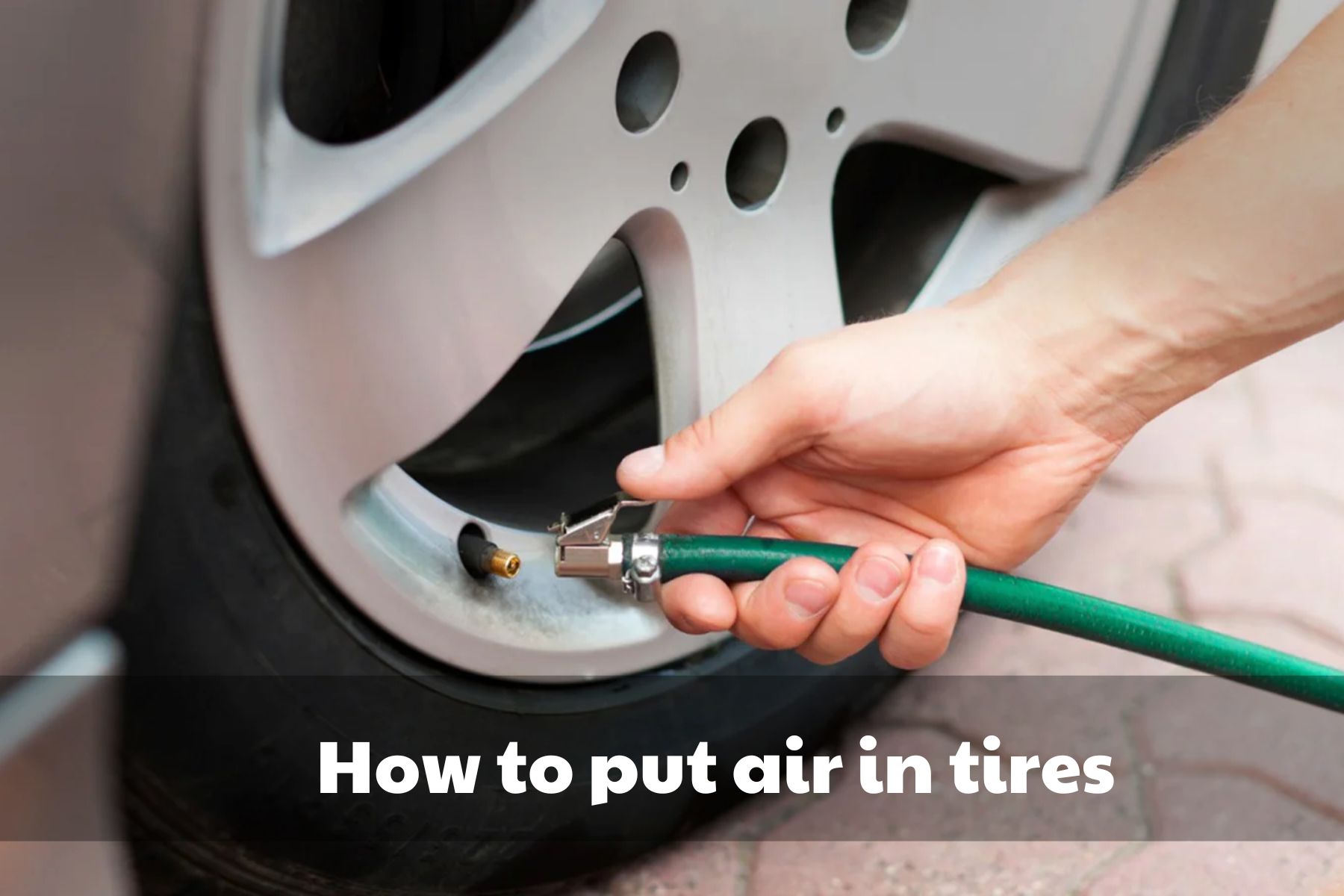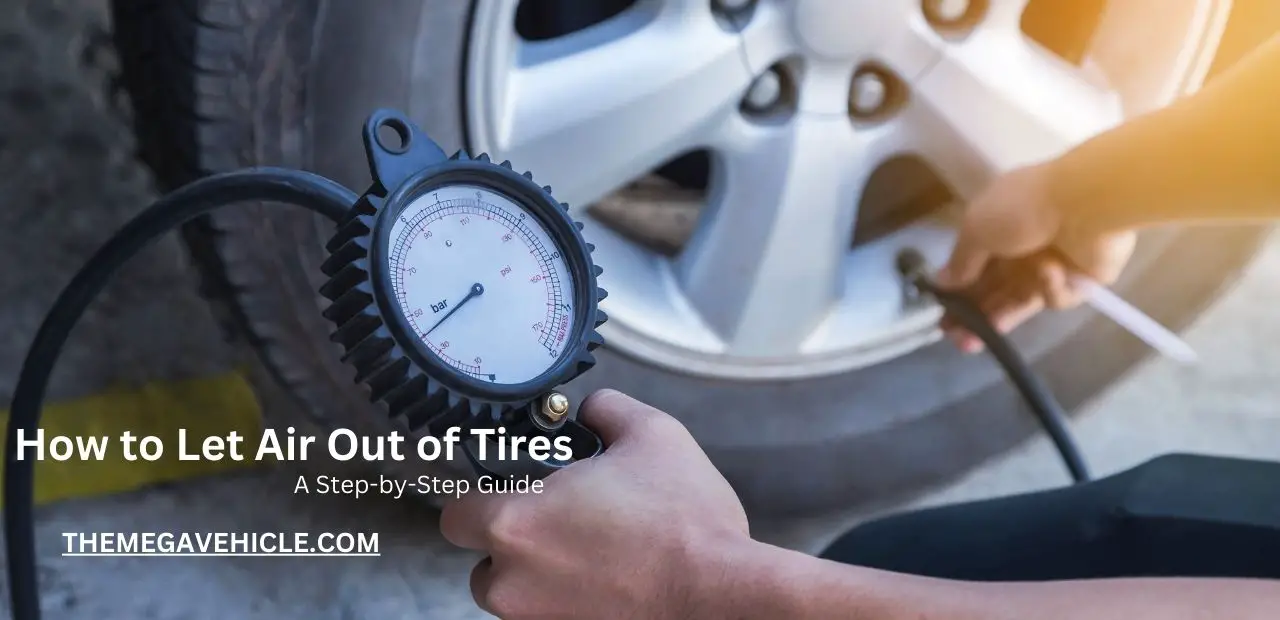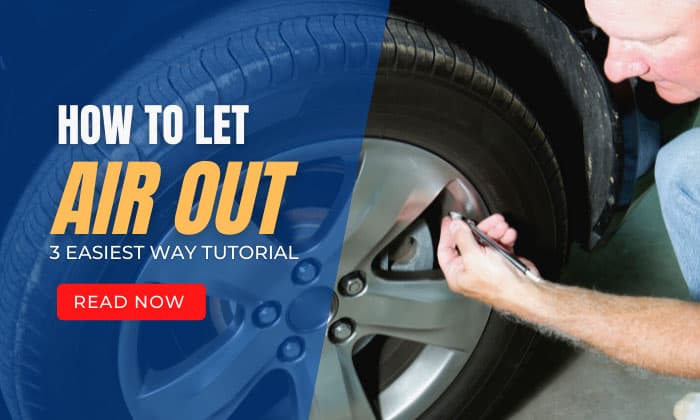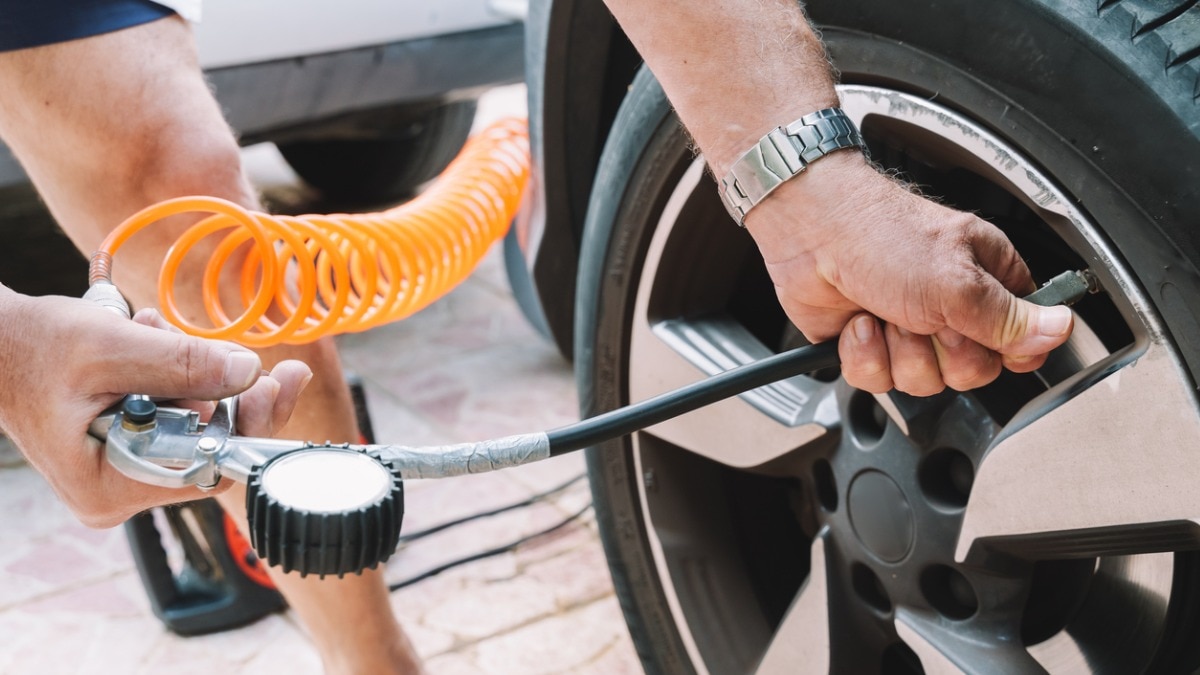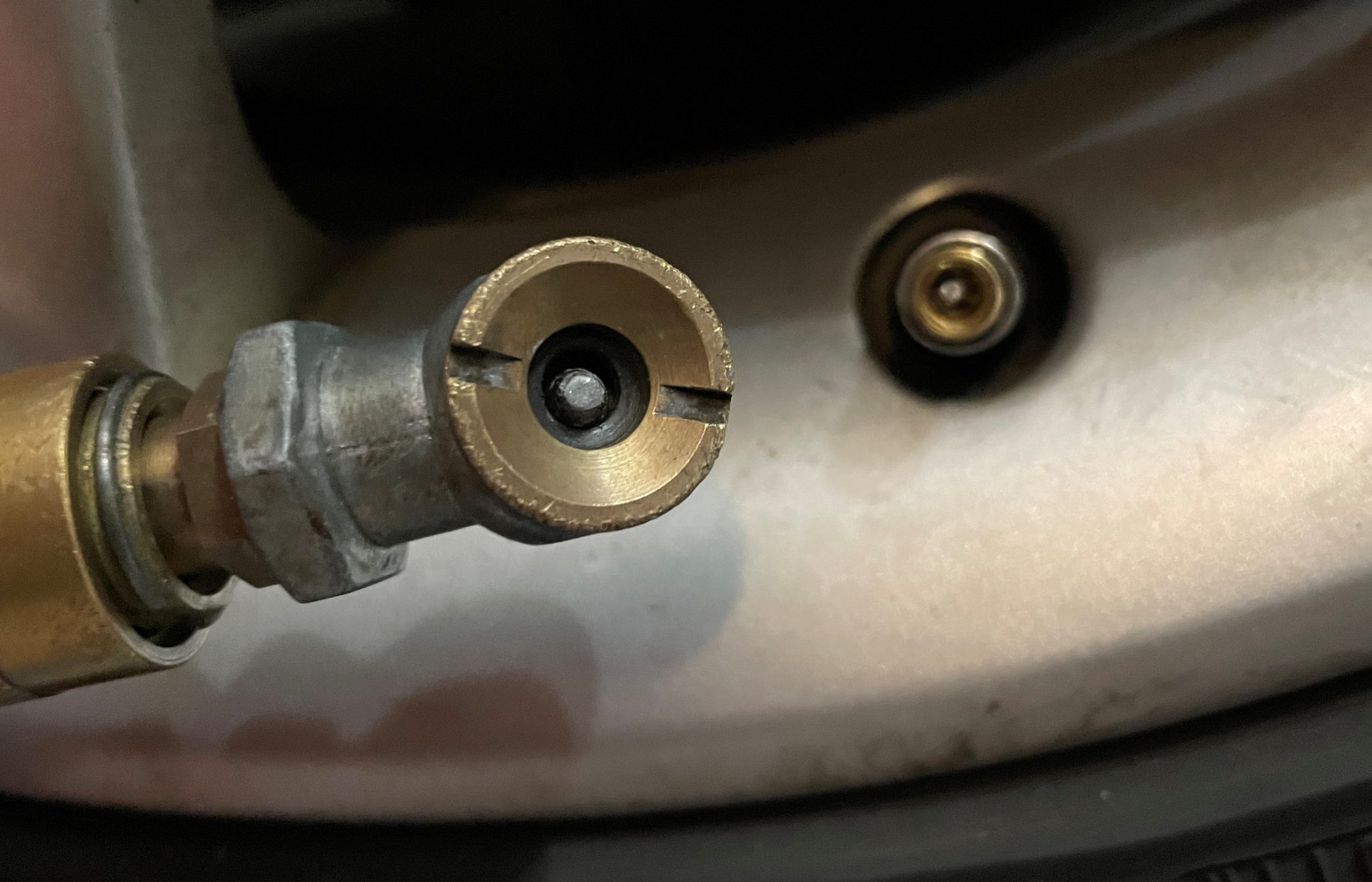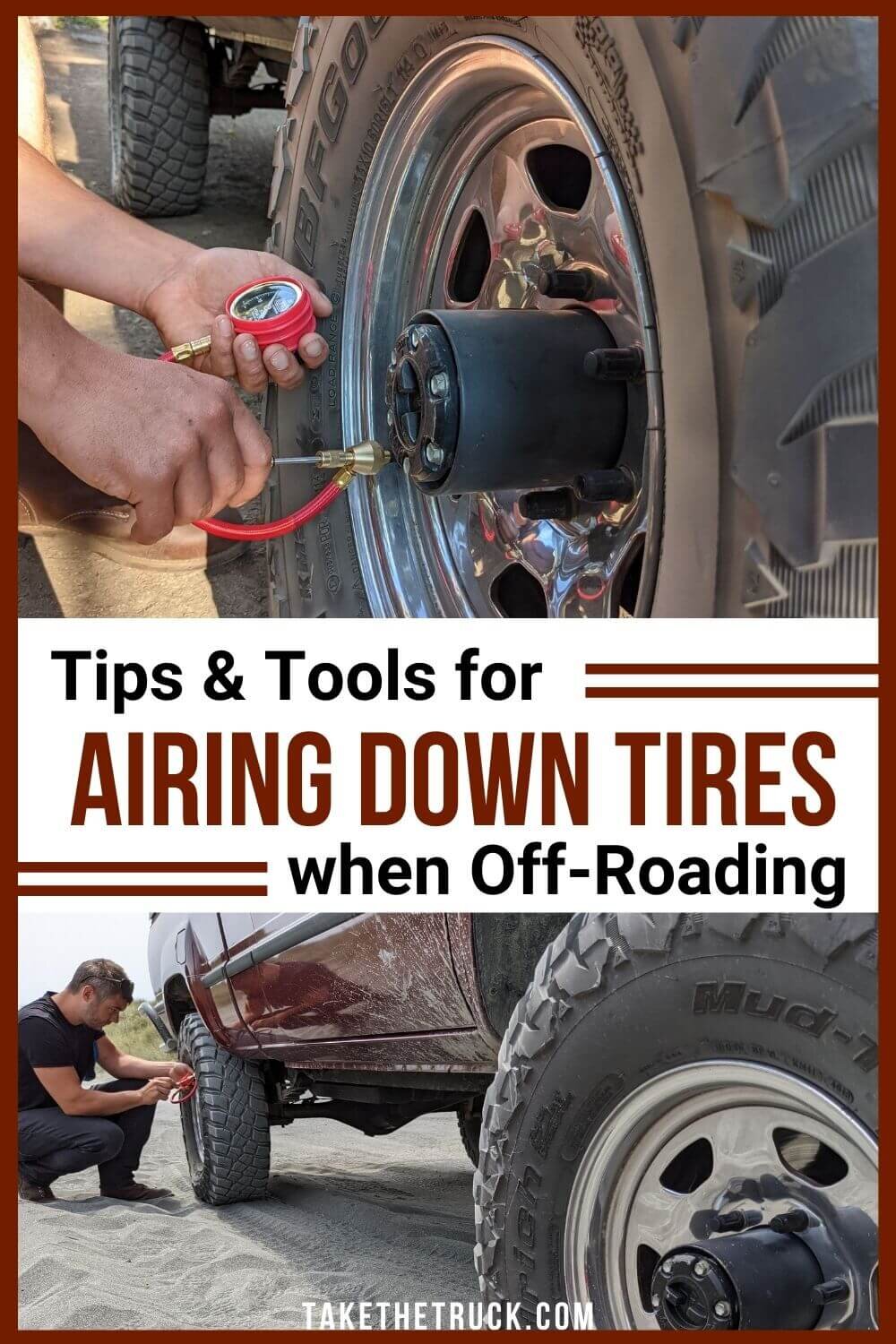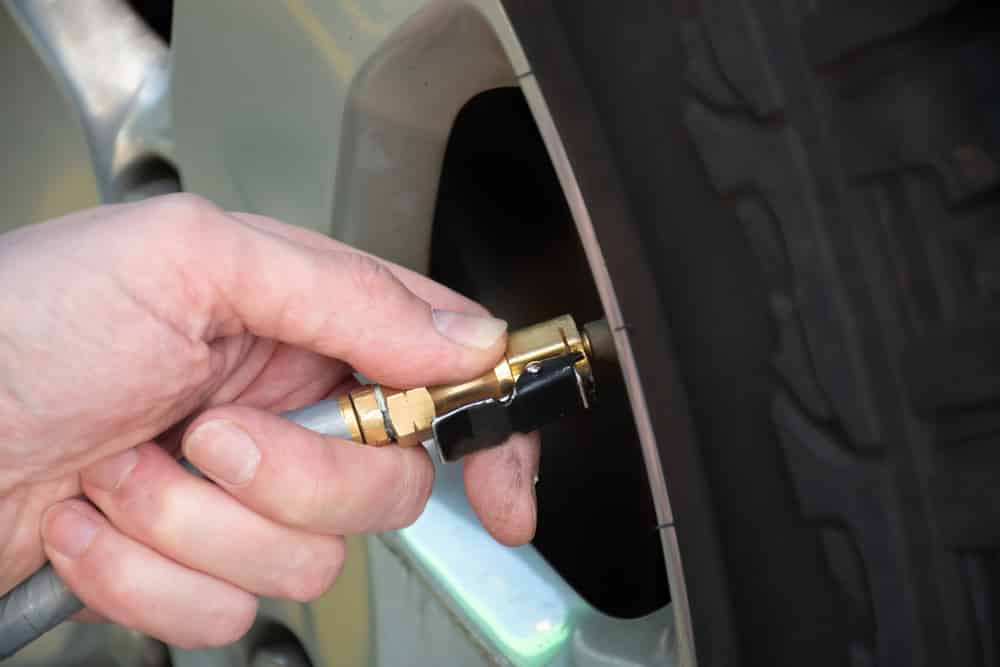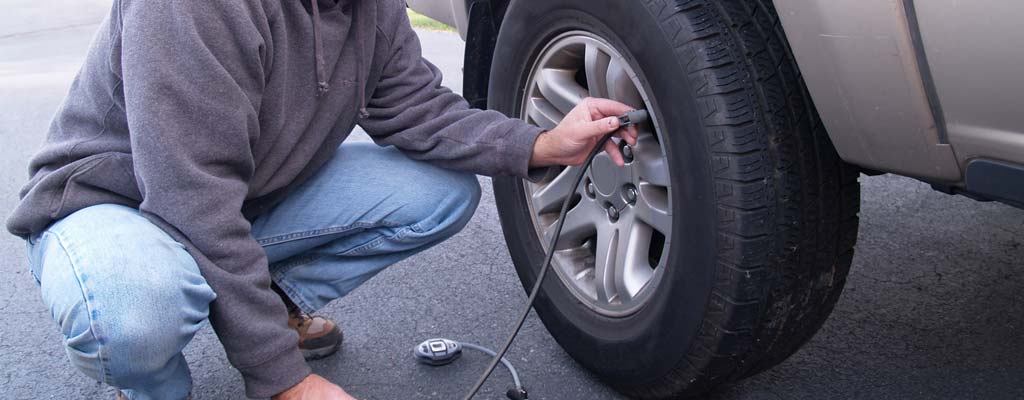How To Take Out Air From Tire
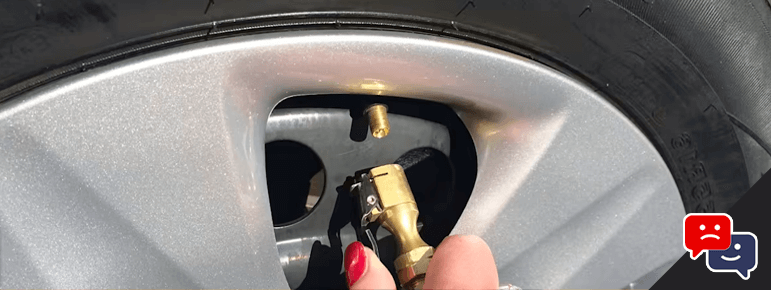
Flat tire got you down? Don't panic. Here's how to safely and effectively deflate your tire, whether it's for repair, replacement, or simply adjusting pressure.
Knowing how to release air from your tires is a fundamental skill for all vehicle owners. This guide provides a step-by-step approach, ensuring a safe and controlled deflation process.
Gather Your Tools
First, you'll need a few essential items. A tire pressure gauge is crucial for monitoring the deflation process. A valve core removal tool, or even a pair of pliers, might be necessary in certain situations.
Ensure you have a safe and well-lit area to work in. Avoid deflating tires on a busy road or in hazardous conditions. Safety first!
Locate the Valve Stem
The valve stem is where you'll release the air. It's usually a small, protruding piece with a cap on it. Remove the valve stem cap and set it aside in a safe place; you don't want to lose it.
Deflation Method 1: Using a Tire Pressure Gauge
This is the most controlled method. Press the pin on the tire pressure gauge onto the valve stem. Air will begin to release.
Monitor the pressure using the gauge while you release air. Repeat the process in short bursts until you reach your desired pressure. Remember to check your vehicle's manual or the sticker on the driver's side doorjamb for recommended tire pressure.
Deflation Method 2: Using a Valve Core Removal Tool or Pliers
This method is faster but requires more caution. A valve core removal tool is specifically designed to remove the valve core, allowing air to escape rapidly. Pliers can be used as an alternative, but with greater care to avoid damaging the valve core.
Insert the valve core removal tool into the valve stem and turn it counterclockwise to loosen and remove the valve core. With pliers, carefully grip the valve core and gently turn it counterclockwise until it comes loose.
Be prepared for a quick release of air once the core is removed. Replace the valve core by turning it clockwise until it is snug. Re-check tire pressure. Reinstall valve stem cap.
Important Safety Note:
When using the valve core removal tool or pliers, exercise extreme caution to avoid injury from the rapid release of air or potential damage to the valve stem. Wear safety glasses to protect your eyes.
Deflation Method 3: Simple Pressure Adjustment
Sometimes, all you need is a slight adjustment. In this case, use a key or similar small, blunt object to gently depress the pin inside the valve stem. Release air in short bursts.
Constantly monitor the tire pressure with your gauge. Remember, small adjustments can make a big difference. This method is ideal for slightly reducing overinflated tires.
Post-Deflation Checks
After deflating your tire, double-check the pressure with your tire pressure gauge. Ensure it matches the recommended pressure for your vehicle.
Replace the valve stem cap securely. The cap protects the valve stem from dirt and debris, helping to maintain proper tire pressure. A missing or damaged cap can lead to air leaks over time.
What's Next?
If you deflated your tire for repair, proceed with the necessary steps. If it was for a simple pressure adjustment, regularly monitor your tire pressure and adjust as needed, particularly with changes in temperature.
For ongoing tire maintenance, check your tire pressure at least once a month and before long trips. Properly inflated tires improve fuel efficiency, handling, and overall safety.


